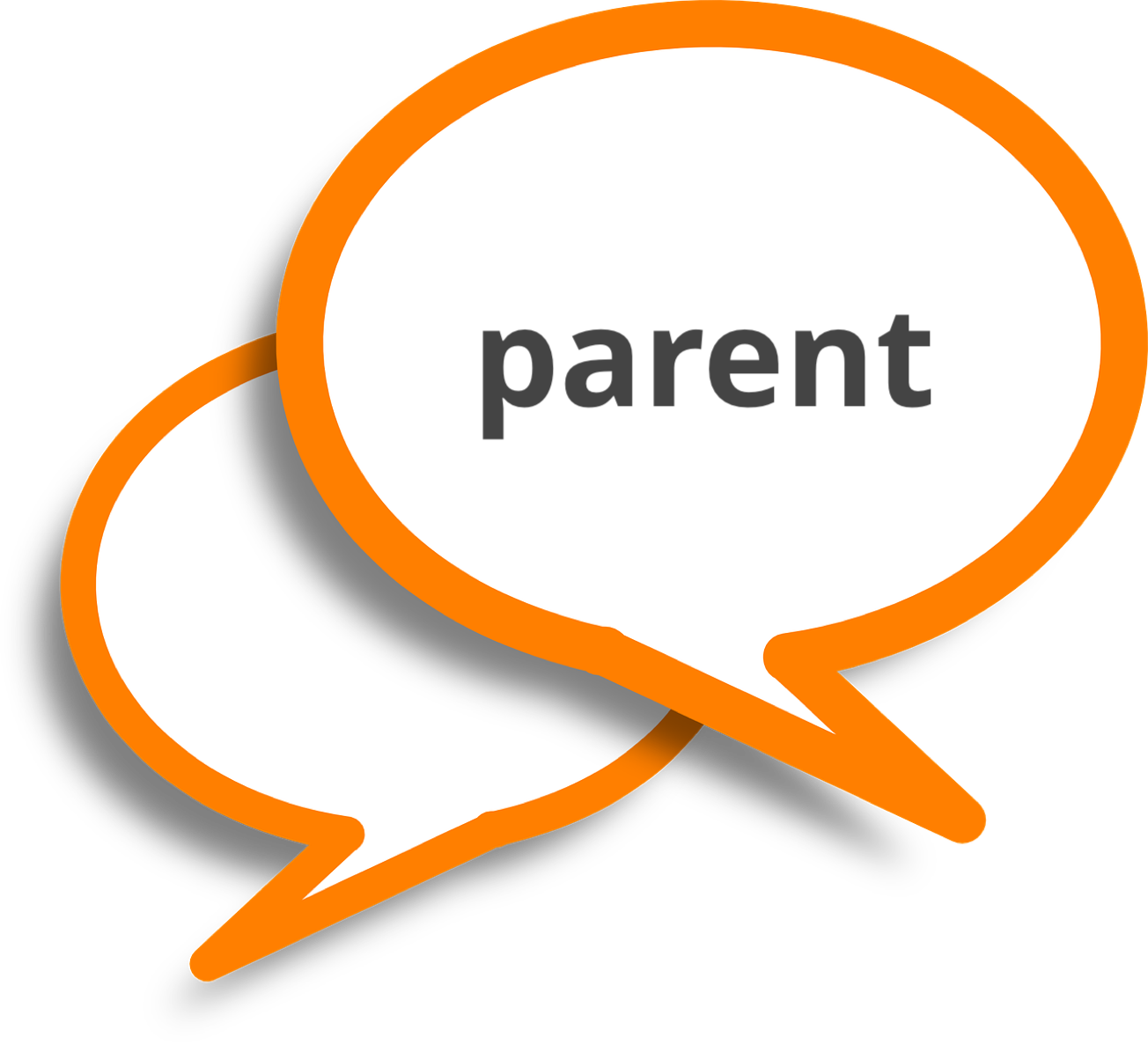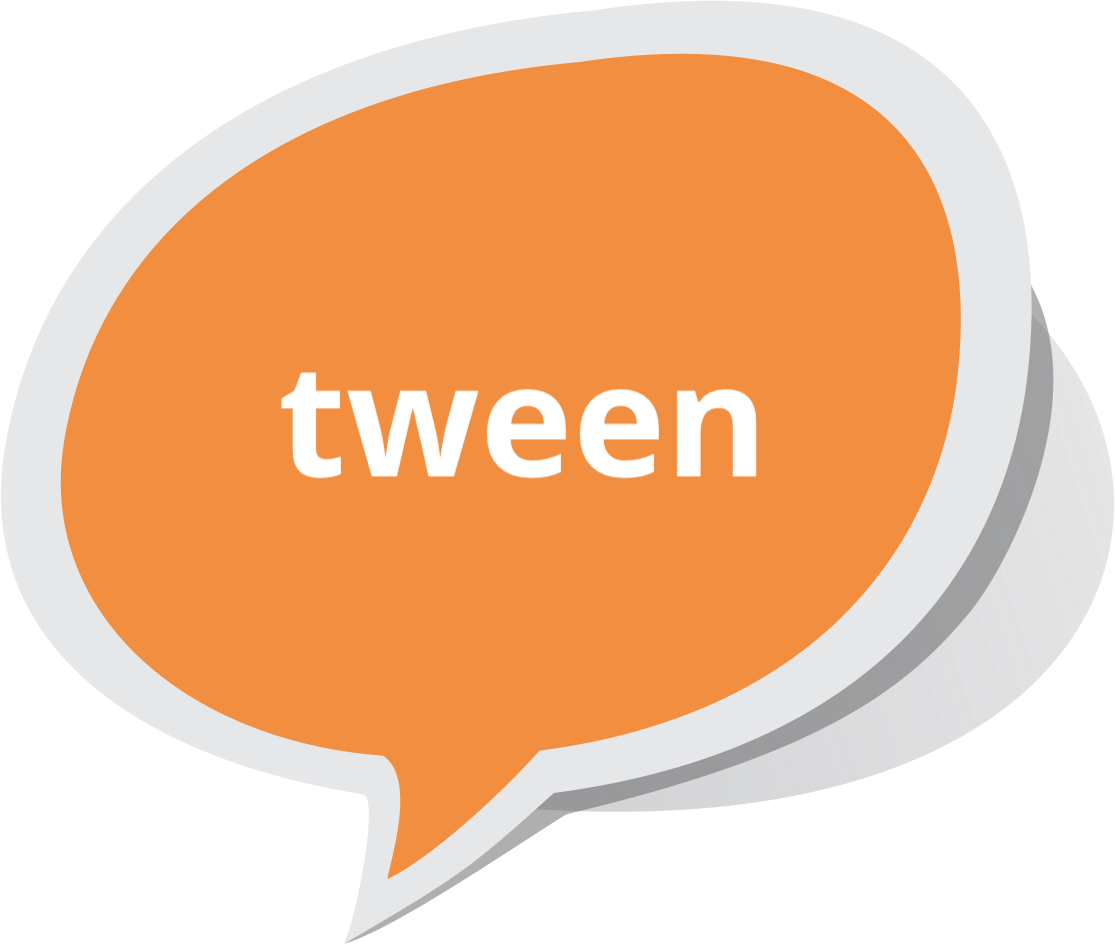Script: Walking in on Watching Porn

You walk into your tween’s room and they act startled and turn off their device quickly. Start with a reflection instead of an accusation: “It looks like you were watching something that you don’t want me to see.” Remember to use a matter of fact tone of voice, without inflection.
“Older boys from the gym told me I needed to check out this really cool website. I just did and it was naked girls doing things.”


Start with a statement that lets your tween know they are safe to share these types of things with you: “Thank you for trusting me with this information.”
“I don’t want to see it again!”


Reiterate that they are safe in sharing difficult things with you: “You are not in trouble. Even if you were looking for porn, I bet what you saw, wasn’t what you were expecting. I know that a lot of porn today is nasty.” Then reflect their feelings about it: “When you see something like that it can create some body / mind confusion.”
“What do you mean by ‘body / mind confusion’?”


Provide information about how pornography stimulates arousal, but at the same time, a person may not want to watch it: “Some people find porn nasty or creepy, and others find it a turn on. This can even be when a person looks like they are being hurt – this is not normal, healthy sex. So, your ‘thinking brain’ might be saying ‘I don’t want to watch this’, but your ‘feeling brain’ is giving your body a sexual reaction.”
“Yeah, it looked wrong because he was pulling her hair and I felt creeped out, but it was still a turn on. I can’t get it out of my head.”


Tweens may not share a lot of the details or use adult words. You don’t need to focus on exactly what they saw, but continue providing information simply: “This must be really difficult for you and I’m really angry at porn for making you feel like this. Should we try and find some words to write down that describes how you feel? Would this help?”
“Yeah, it might but I don’t really want to do that now.”


Continue to provide them with information that will help them to talk about it in the future. “What you saw you should not have seen. It is upsetting and it is not your fault. The pornographers are manipulating you by causing mind / body confusion with these violent pictures. They are counting on the fact that most people will enjoy the way their body reacts, rather than listening to their thinking brain. This way, they get more people hooked on porn.”
“Are you serious? This is messed up.”


Reflect their response back: “Totally messed up – that’s a great way to put it. The porn industry targets kids just like you to try and pull you in, hoping that you won’t talk to smart adults and get the right information about porn, sex and relationships.”
“Wow. Okay.”


Continue to provide information and offer suggestions: “If you see a video where a girl or guy is being hurt, forced to do something, or disrespected in any way, you should turn it off right away. Can I give you some ideas about how to avoid creating more mind / body confusion?”
“For sure.”


Provide your tween with some simple strategies: “You need to know that I’m on your side. You can come talk with me at any time and we can deal with it. The most important thing is to remember to look away, pause, and try to settle your feeling brain. Give your thinking brain a chance to kick in. Your thinking brain can help you to focus on other things that you enjoy doing like sports, friends or fun activities that you’ve had at camp or with family.”
“Okay, I’ll try.”


Provide an affirmation that builds your tween’s self-worth and commitment to not view pornography. “Yep. You have respect for yourself and other people. You know things like that are not helpful and shouldn’t be watched, but I need you to remember that if this is something that you need help with, we can always talk.”
“For sure.”


Empathize with the fact that information on the internet is hard to control or manage, particularly as a tween: “It can be hard to avoid when videos pop up all of the time. You may end up watching something that you didn’t expect to see.” Follow this statement up with a key question. “What can you do next time if this happens?”
“I know what it is now and when it pops up I will shut it down right away.”


Reflect their response: “You have had those kinds of sites open without expecting it and now that you have seen what they are, you are more aware and will close them right away.” End by supporting self-efficacy in your tween. “You have a lot of integrity to make positive choices when things pop up that aren’t safe, but know that if watching porn ever becomes an issue for you or any of your friends, I’m here to help.”
responding to resistance from tweens
What if your tween responds with anger? Here’s an alternative way to start the discussion.
“What’s it to you?”


Respond with an empathetic tone: “If you felt the need to hide it from me, then I’m concerned.”
“Well, you shouldn’t be.”


Remind them that you respect their privacy, and of any agreements already in place: “I hear that you want your privacy, but one of the things that we had agreed upon was that there would be regular check-ins on your phone so that we can help you stay on track. But let’s not argue – right now you don’t have to tell me what you were looking at. But I would like to tell you about something interesting called mind / body confusion.”
“Mind / body what?”


Use this opportunity to start a more detailed conversation and continue on with the above script: “Just give me a few minutes to explain this. It’s up to you if you ask any questions about it.”
Refer to the Social Media & Mobile Phone Contract, reinforcing technology boundaries.